Choose your Agile Way of Working
Experience the evolutionary Agile transformation with multiple Ways of Working (WoW)
Experience the evolutionary Agile transformation with multiple Ways of Working (WoW)
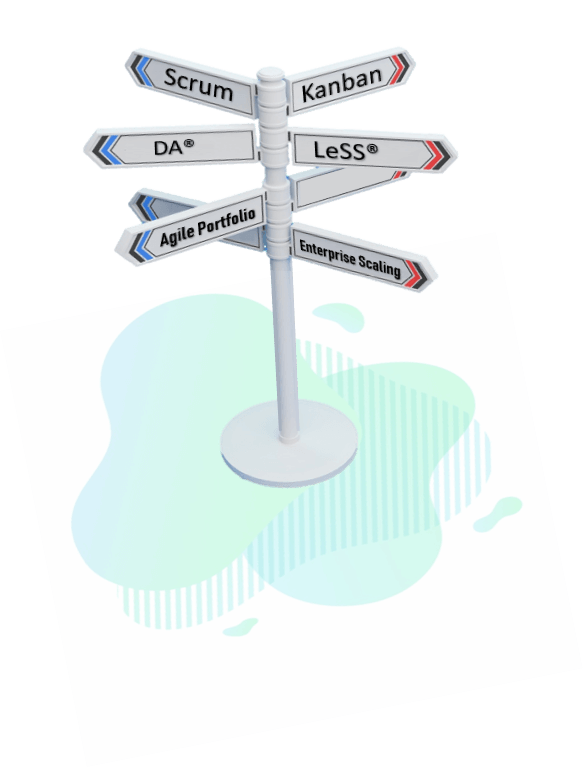
An Agile Way of Working (WoW) defines a specific Agile working model that each project or product team chooses to implement. It helps teams decide the Agile methods, processes and practices they want to use. This gives the team maximum flexibility to work with minimum constraints and therefore, optimizes their performance. A WoW helps teams adopt and evolve Agile methods and practices that best fit their team and organizational needs.
WoW incorporates various industry-standard Agile frameworks and methods available and consists planning models, functionalities, work-area types or levels, plannable entities, terminologies, and a set of pre-configured apps.
Jile provides six pre-configured WoW templates that are available out-of-the-box, including
Each of these ways are pre-configured and can be customized based on the organizational needs.
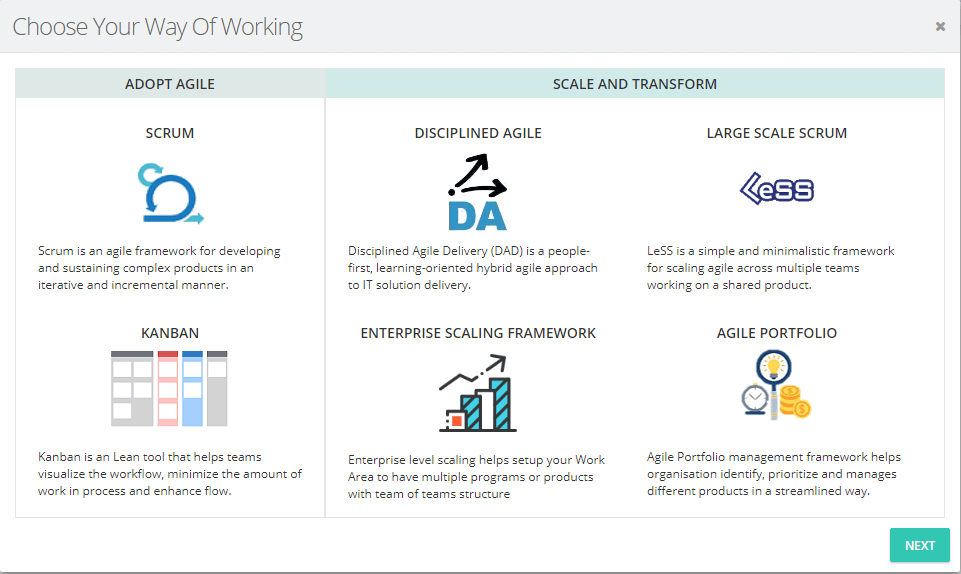
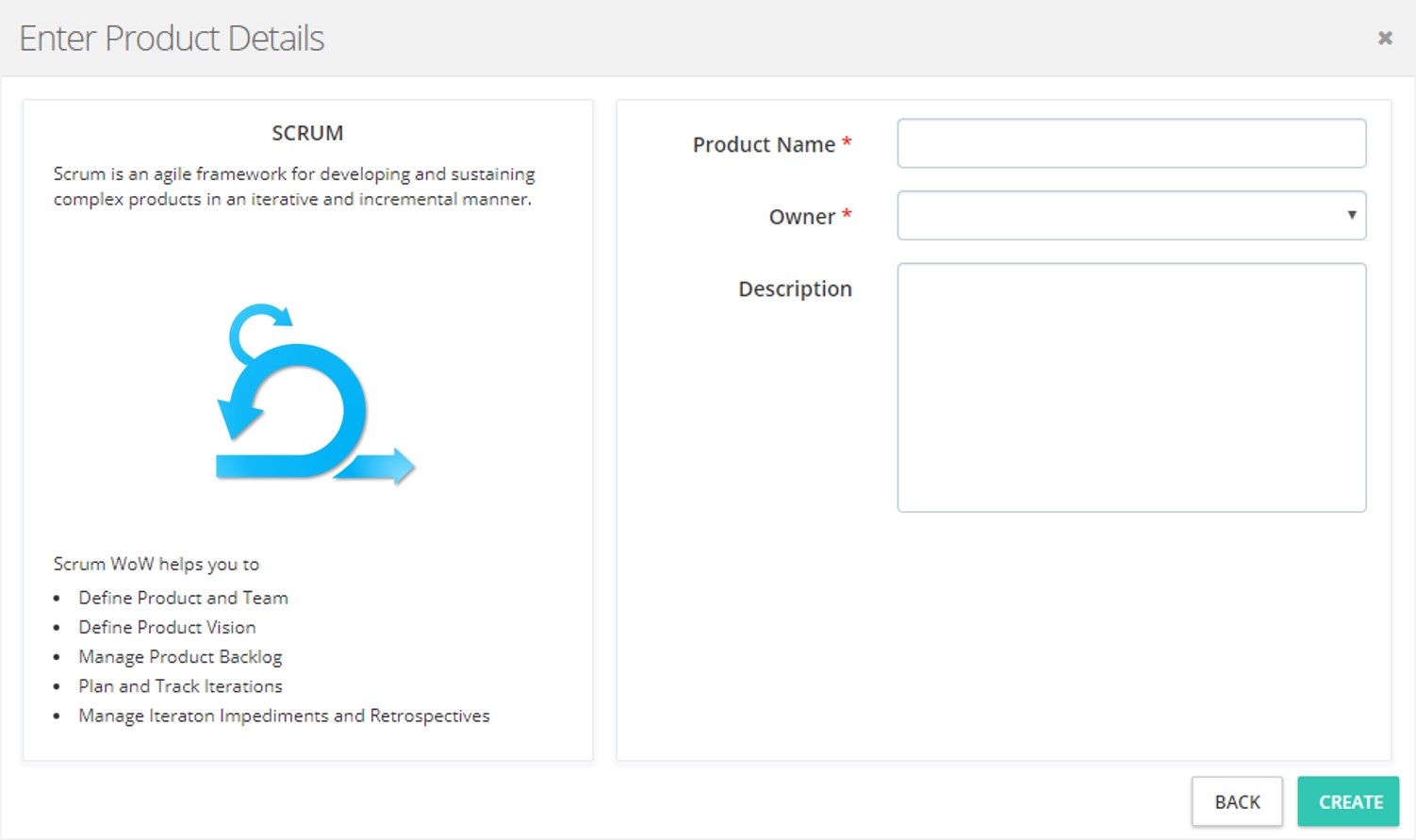
Scrum is an agile framework for developing and sustaining complex products in an iterative and incremental manner. Scrum helps the teams to manage product development activities using scrum framework. It helps the teams to manage the product backlog, plan and track iterations and manage impediments and iteration retrospectives.
In Jile, scrum way of working helps the teams to:
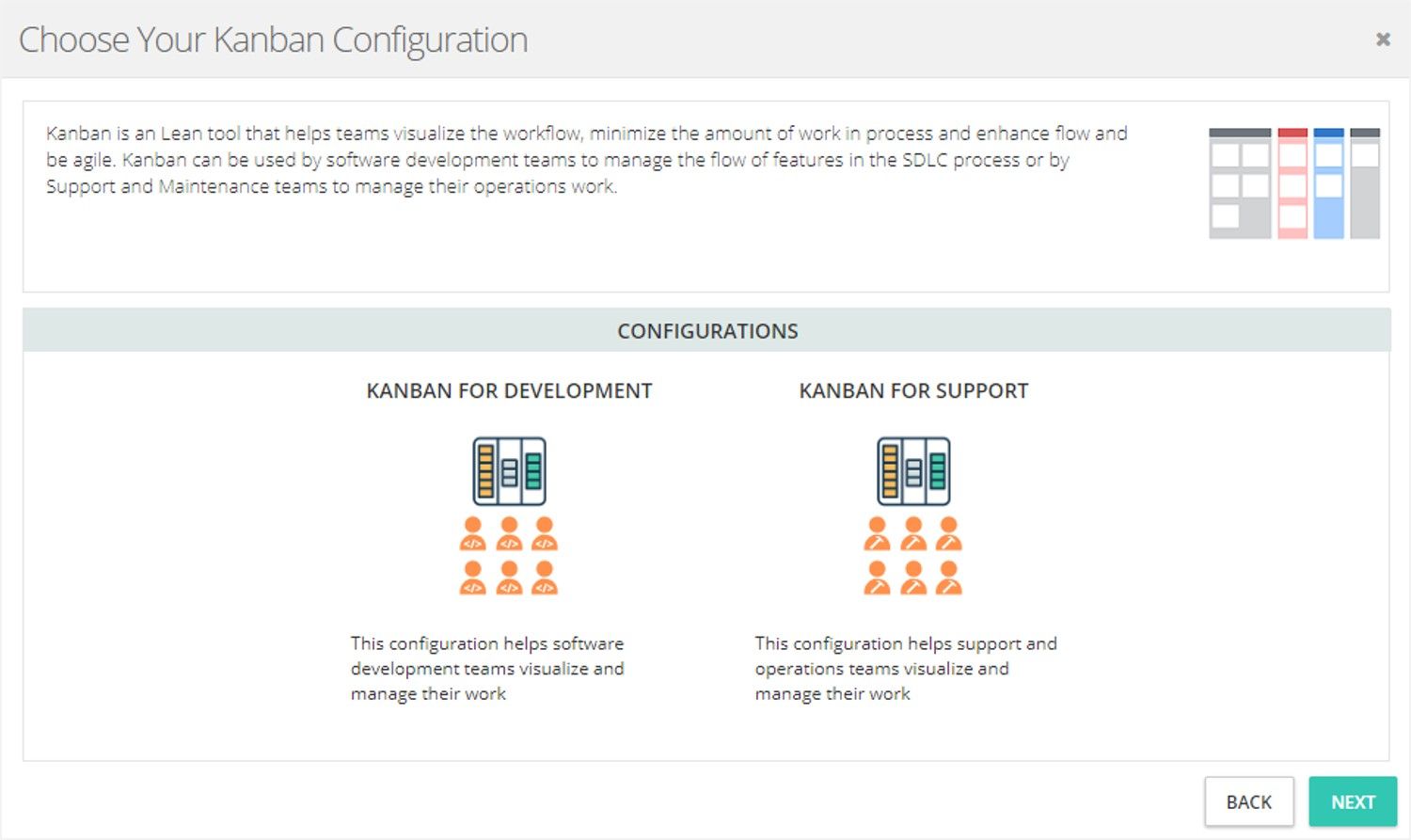
Kanban is a Lean Agile tool that supports a continuous flow model, where the work is planned in a continuous fashion based on Work in Process (WIP) limits. Kanban is used by software development teams to manage the flow of features in the software development work or by support and maintenance teams to manage their operations work.
In Jile, the kanban way of working helps teams to:
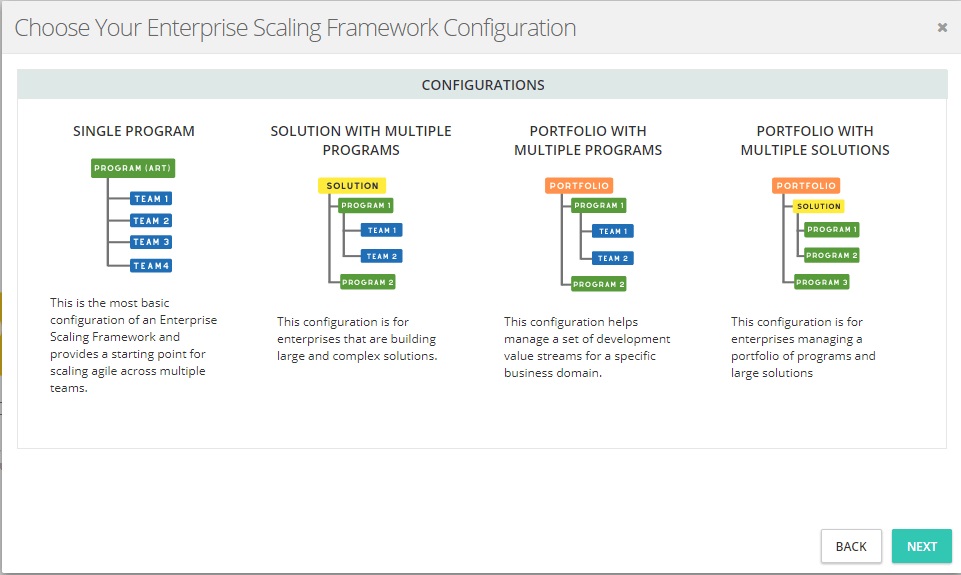
Enterprise level scaling helps set up Work Areas, where team-of-teams work on multiple programs or products. The Enterprise Scaling Framework way of working helps enterprises continuously deliver value in a consistent and predictable schedule. Jile supports four configurations for Enterprise Agile Scaling, which are: Single Program, Solution with multiple Programs, Portfolio with multiple Programs and Portfolio with multiple solutions.
In Jile, the Enterprise Scaling Framework way of working helps enterprises to:
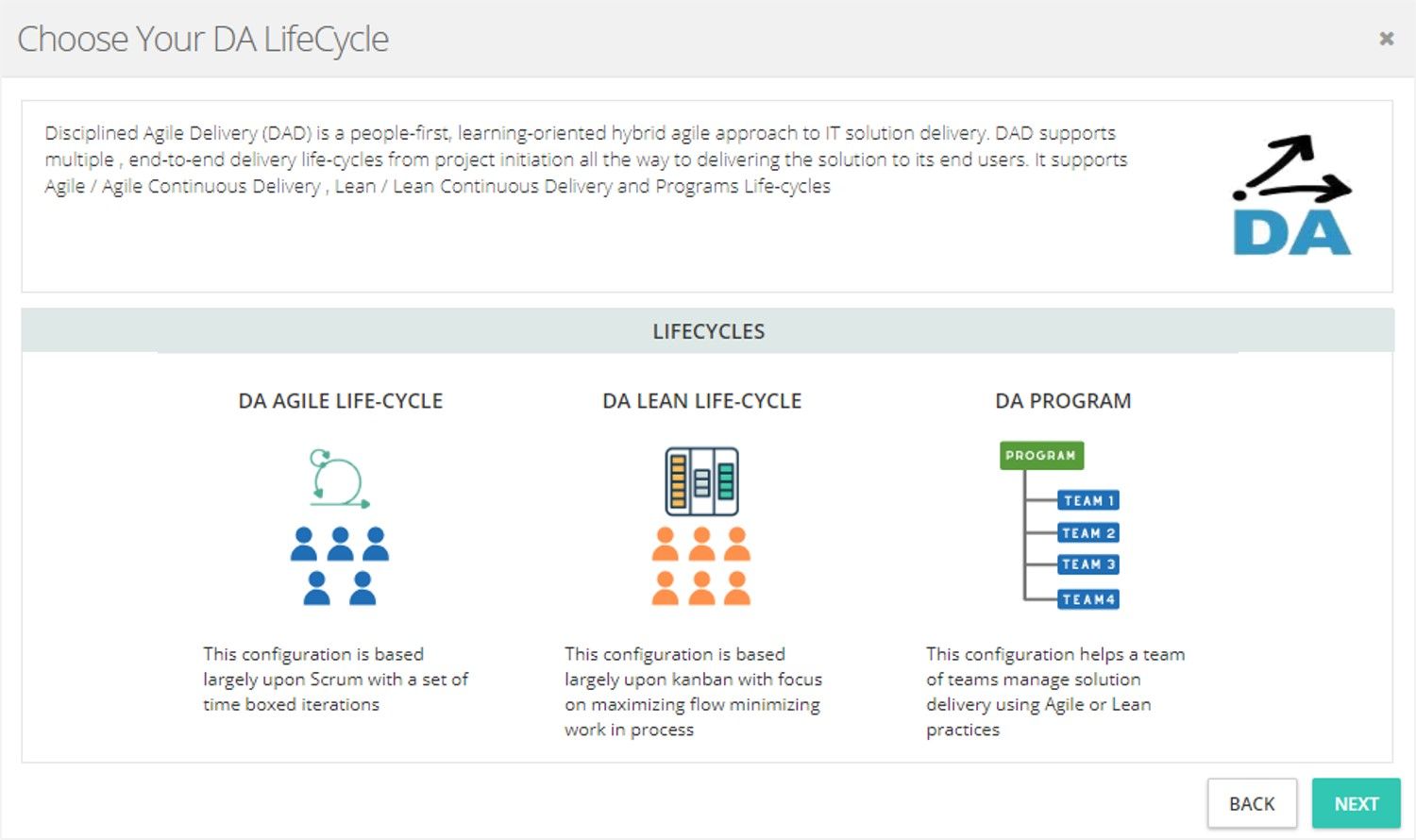
Disciplined Agile (DA) is a process improvement toolkit that provides lightweight guidance to help organizations streamline their processes in a context-sensitive manner, providing a solid foundation for business agility. DA supports Agile Delivery, Agile Continuous Delivery, Lean Delivery, Lean Continuous Delivery and Program lifecycles.
In Jile, the DA way of working helps enterprises to:
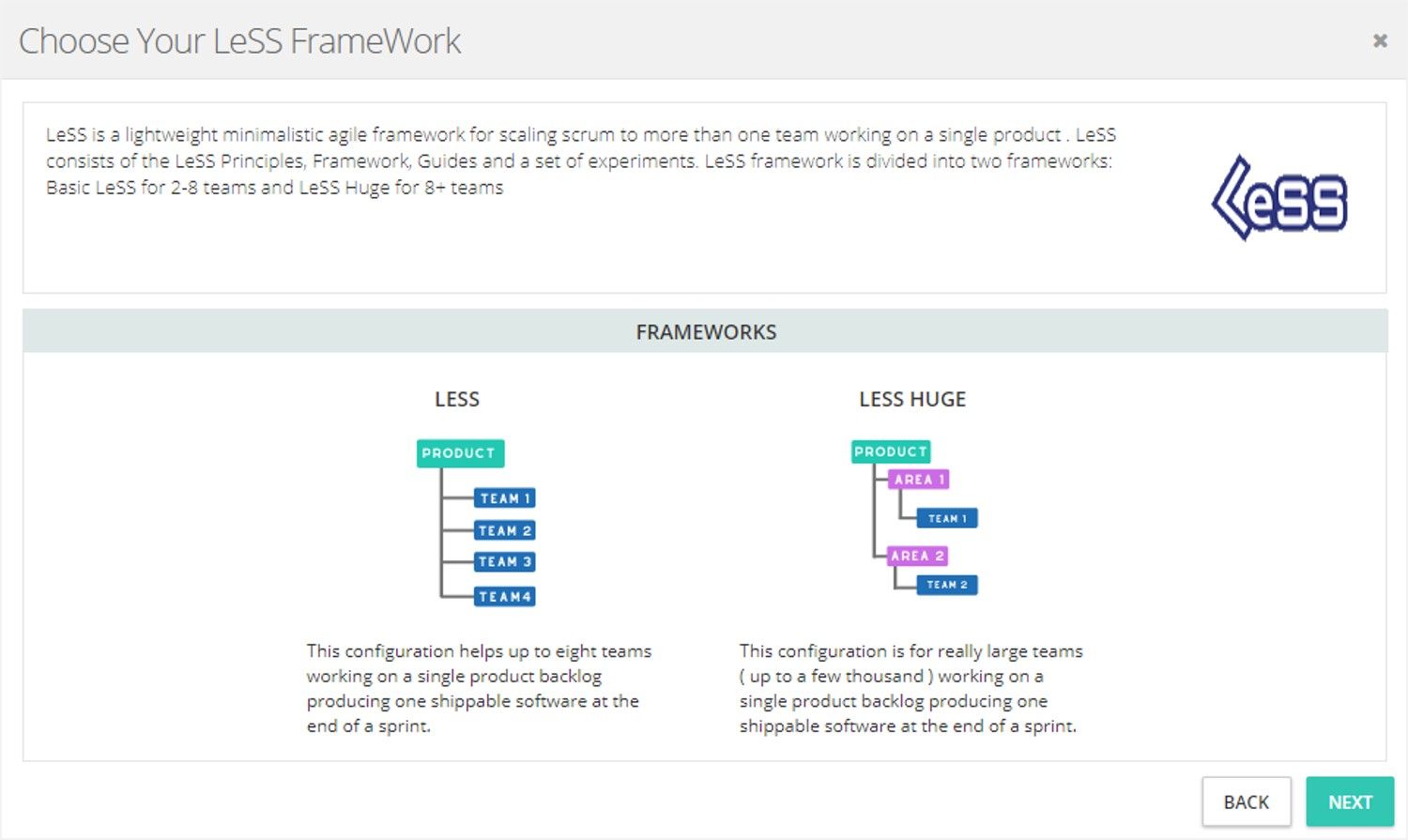
Large-Scale Scrum (LeSS) is a lightweight Agile framework for scaling Scrum, Lean and Agile development to many teams working on a single product. LeSS framework consists of two configurations: Basic LeSS for 2 to 8 teams and LeSS Huge for 8+ teams.
In Jile, the LeSS way of working helps enterprises to:
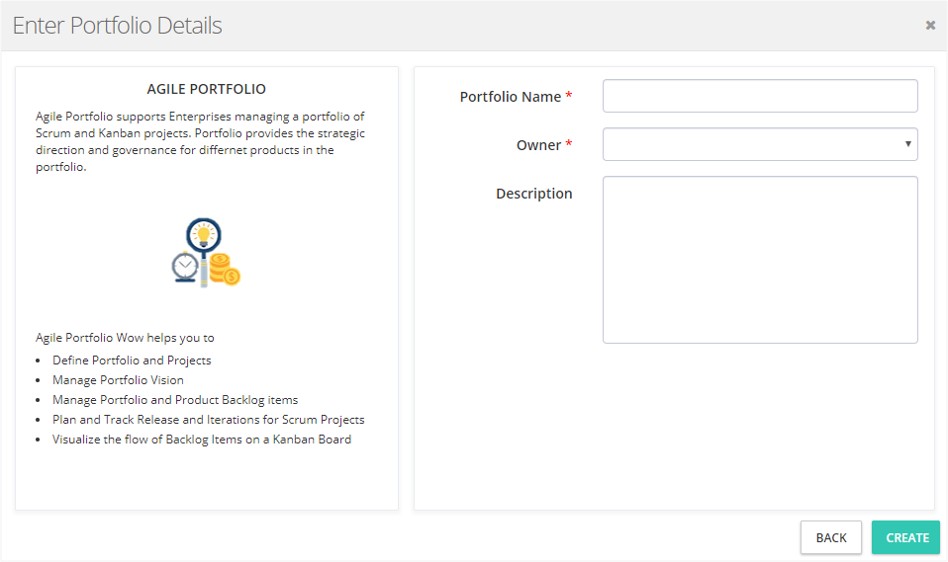
Agile portfolio management framework helps organizations identify, prioritize and manage multiple products in a streamlined manner. Portfolio management provides strategic direction and governance for different products in the portfolio such that product teams build and deliver software solutions aligned with the larger portfolio vision and goals.
In Jile, the Agile Portfolio way of working helps enterprises to:
Choose your Agile way of working from pre-configured templates in Jile!
Try Now